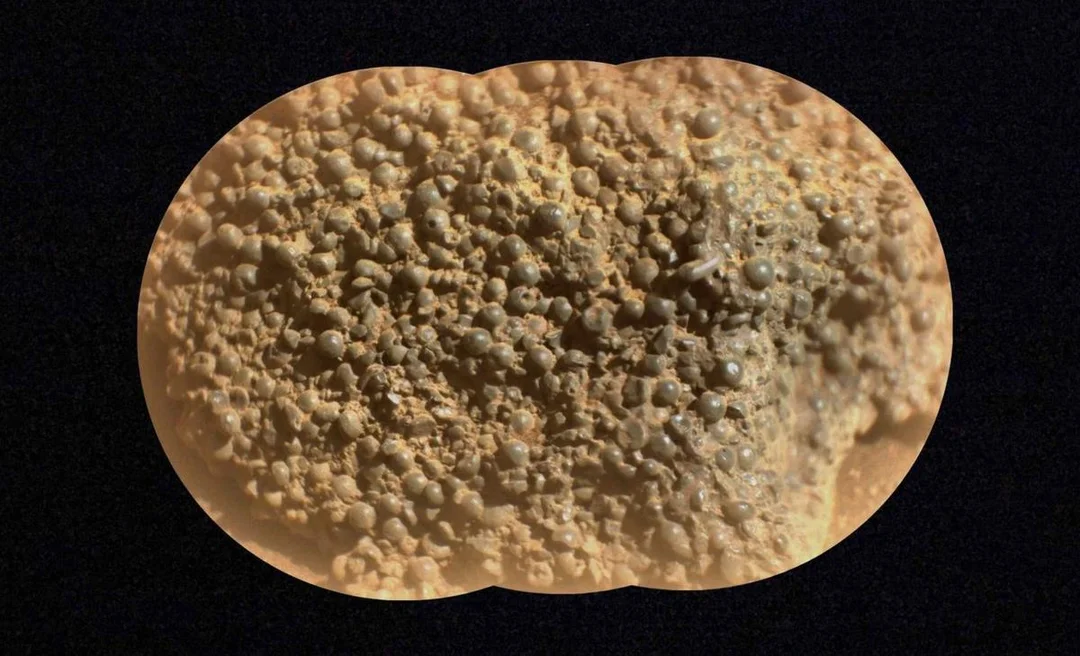
Perseverance Rover’s Martian Selfie: Dust Devils and Skull-Shaped Mysteries
NASA's Perseverance rover continues its exploration of Mars, and its latest selfie has captured more than just the rover itself. A surprising guest appeared in the background: a Martian dust devil, swirling across the red landscape. But that's not all that's piquing scientists' curiosity. A mysterious, skull-shaped rock has also been discovered, raising questions about its origin and placement on the Martian surface.
According to the Associated Press, the dust devil was spotted approximately 3 miles (5 kilometers) behind Perseverance during a photo shoot earlier this month. The selfie, released recently, is a composite of 59 images taken by the camera on the rover's robotic arm. Megan Wu, an imaging scientist from Malin Space Science Systems, emphasized the significance of the dust devil's inclusion, calling it a "classic" Martian moment.

The image also highlights Perseverance's ongoing work, showing the latest sample borehole on the Martian surface. This selfie marks 1,500 sols or Martian days for Perseverance, equivalent to 1,541 Earth days. The rover is noticeably covered in red dust, a testament to its dedicated drilling into numerous rocks within the Jezero Crater.
Launched in 2020, Perseverance is tasked with collecting samples from Jezero Crater, an ancient lakebed and river delta, with the hope of finding clues regarding potential past microbial life. These samples are intended for eventual return to Earth for further analysis.
Adding to the intrigue, a separate discovery has baffled NASA scientists: a “floating” rock shaped like a skull. Discovered on April 11, 2025, by the Mastcam-Z camera during the rover’s descent down Witch Hazel Hill in Jezero Crater in a location that experts say it “should not be there”, the rock, dubbed 'Skull Hill' by National Geographic, is believed to have been transported to its current location.

The unusual shape and dark, eroded appearance of the rock have further fueled speculation and analysis within the scientific community. What forces transported it? What exactly is its composition? These are some of the questions nagging scientists at NASA.
From capturing dust devils to uncovering skull-shaped rocks, Perseverance's journey on Mars continues to unveil the planet's mysteries, providing valuable insights into its geology and potential for past life. These recent findings represent both a classic Martian scene and a puzzling anomaly, furthering our understanding of the Red Planet.
What do you think the skull-shaped rock is made of? What mysteries will Perseverance uncover next? Share your thoughts and theories in the comments below!